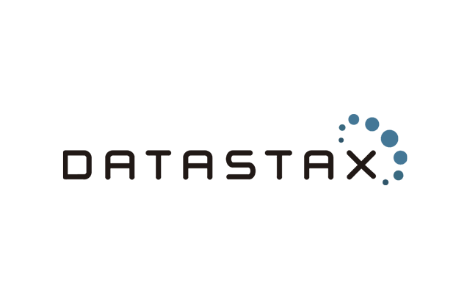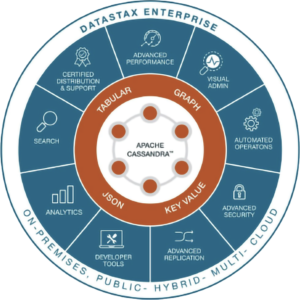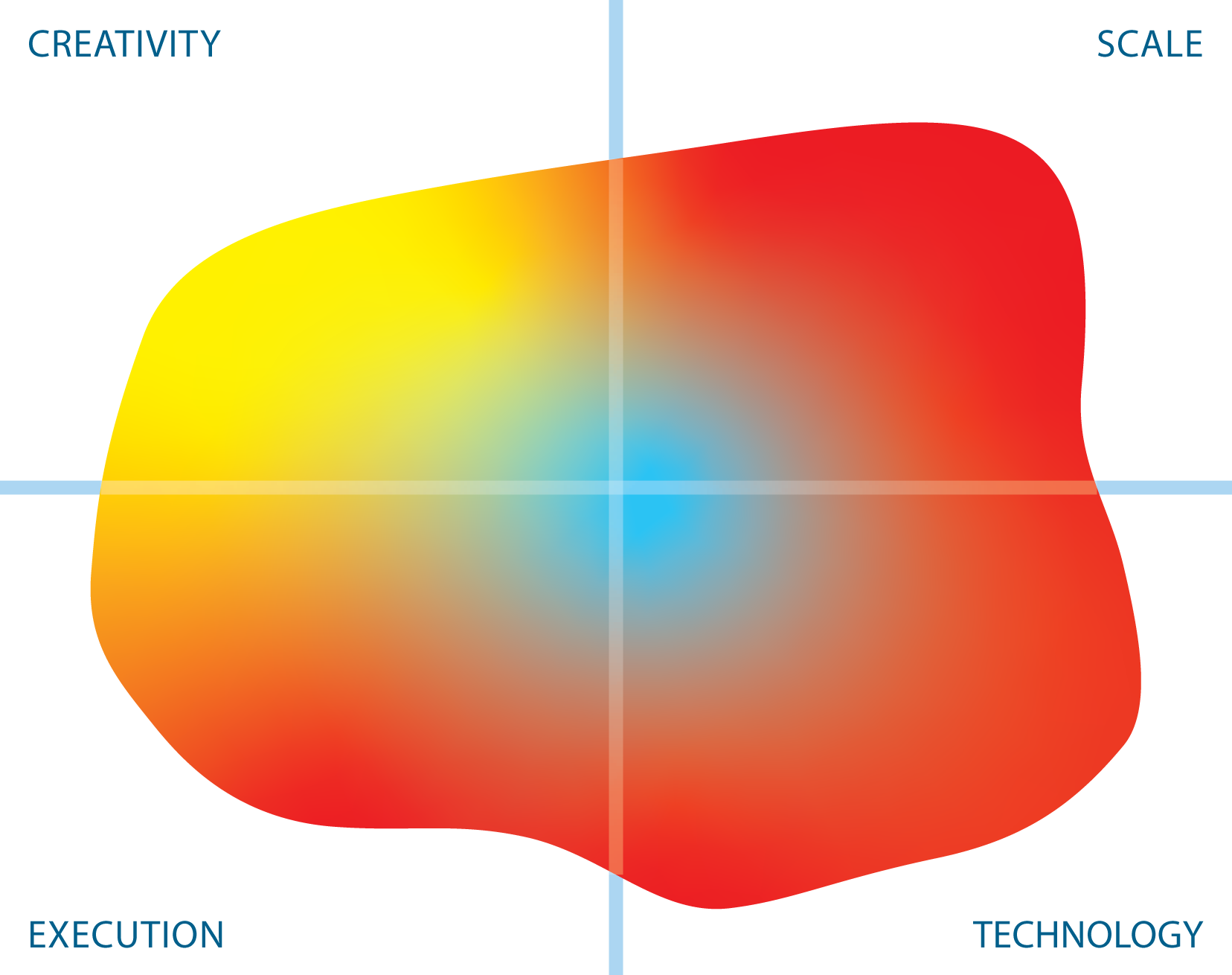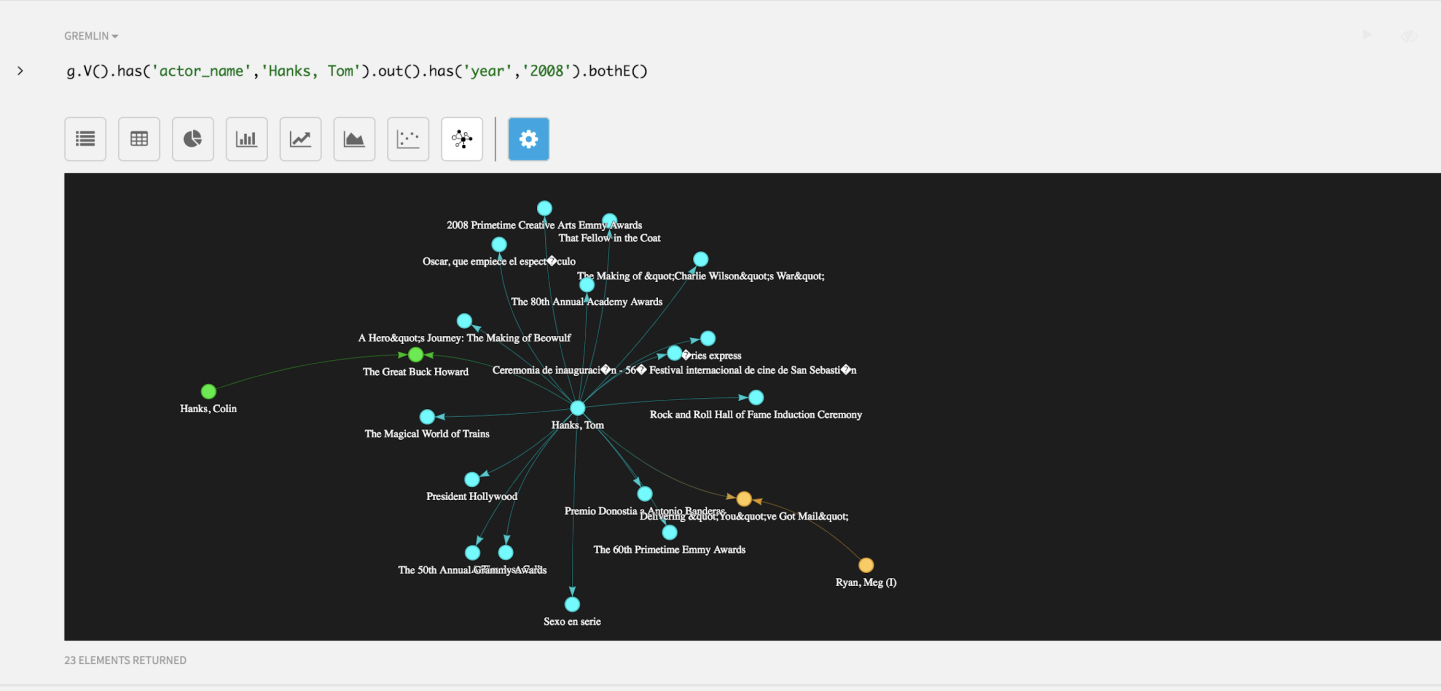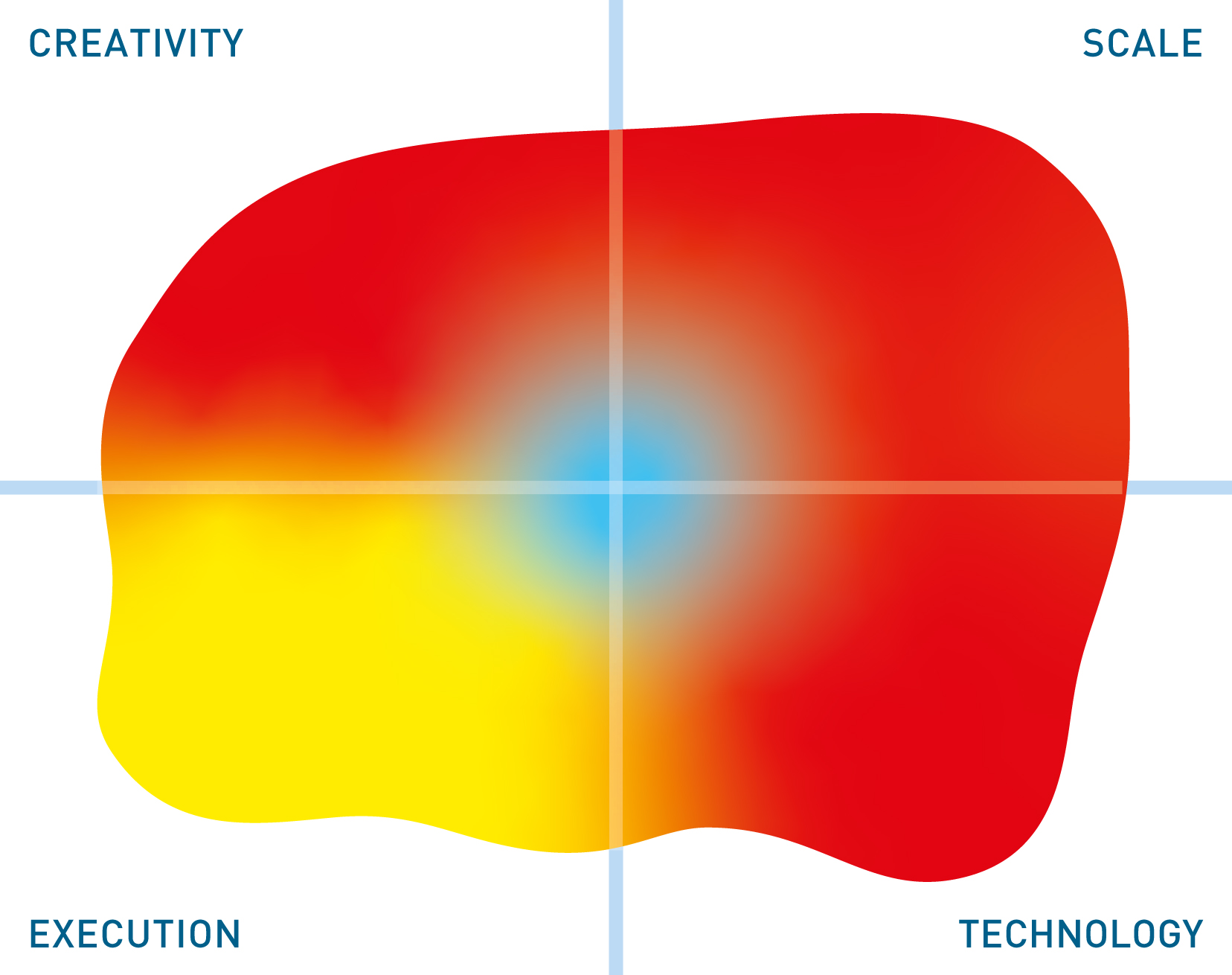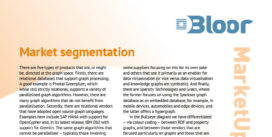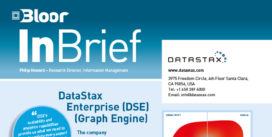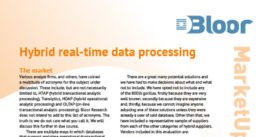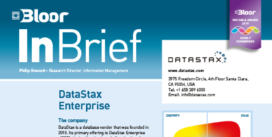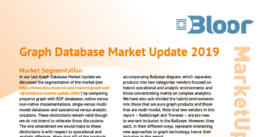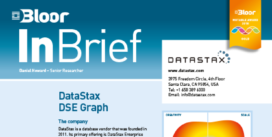DataStax
Last Updated:
Analyst Coverage: Daniel Howard and Philip Howard
DataStax is a database vendor that was founded in 2010. Its primary offerings are the self-managed DataStax Enterprise (DSE), the leading database built using Apache Cassandra™, and Astra DB, its cloud equivalent, that is available as a multi-cloud managed service. DataStax is headquartered in Santa Clara, CA, and has additional US offices in Austin and Atlanta, as well as international offices in the UK, France, Germany, Japan, Australia, Ireland, and Singapore.
The company has made several notable acquisitions in its lifetime. In 2015, it acquired Aurelius, the chief developers of the Titan graph database, and it subsequently leveraged that expertise to develop graph capabilities within its platform. In 2016 it acquired DataScale, which it used to develop its managed cloud service. More recently, in 2020, it acquired The Last Pickle, a Cassandra consulting and services company. In 2021, the company acquired Kesque, a cloud messaging service built on Apache Pulsar that it used to develop Luna Streaming, its own Pulsar-driven streaming platform. Streaming functionality is also available through Astra Streaming, the company’s cloud-based streaming service.
Lastly, in early 2023, it acquired Kaskada, a company that specialised in using time-based data to train machine learning models. This capability has since been incorporated into the DataStax platform as part of its real-time AI capabilities. These allow it to apply machine learning to data “in the moment”, enabling real-time predictive analytics and providing vital context to LLMs (Large Language Models), and thereby generative AI. The latter use case is further supported by the addition of vector search capabilities to Astra DB.

